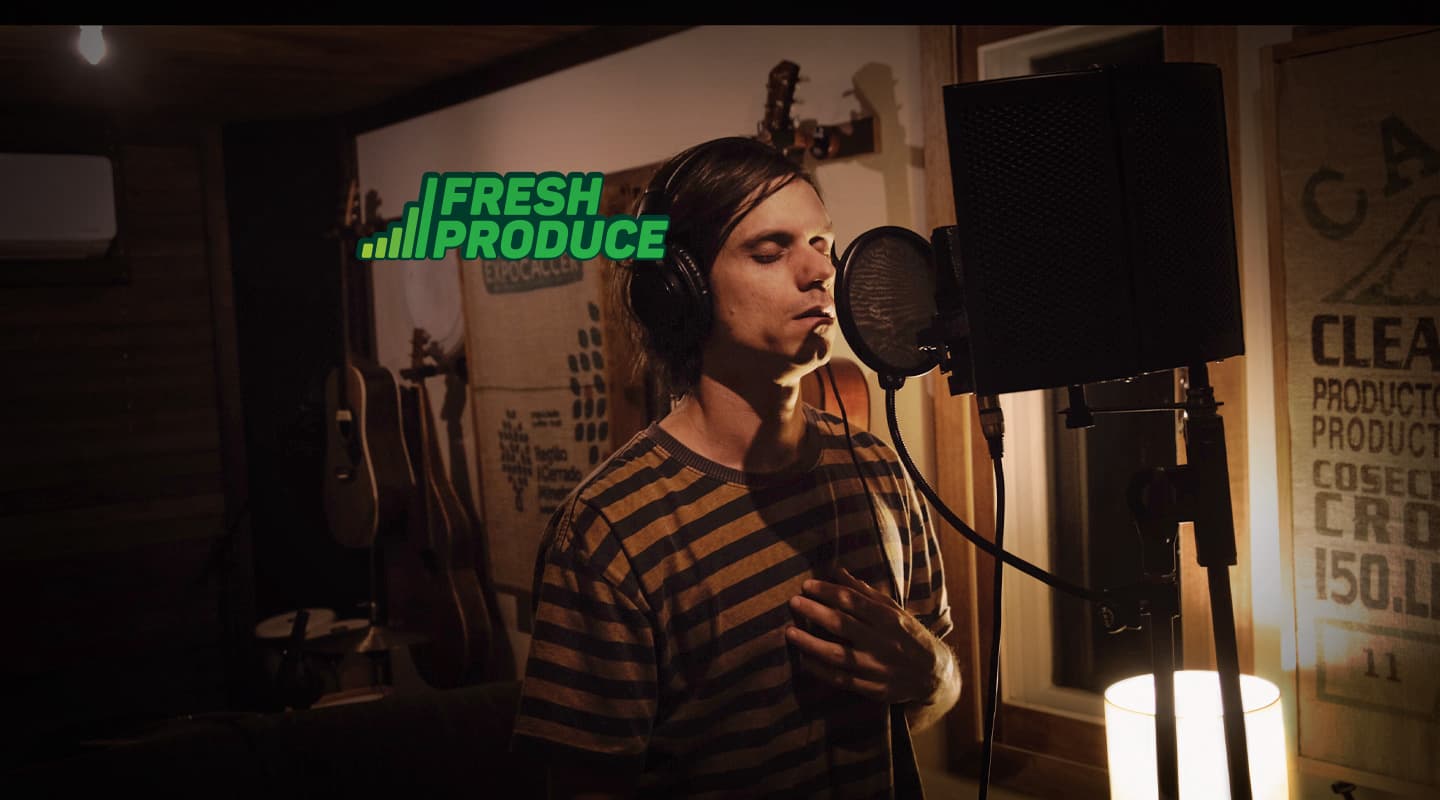
Fresh Produce: Containing The Creative Process
Tay Oskee builds a ‘zero budget’ studio in a shipping container and makes the recording of his debut album a reality.

Artist: Tay Oskee
Album: Keepers Of The Morning
When the short-comings of an open tin shed hindered plans to produce an album in an off-grid cabin, indie-folk musician Tay Oskee went on to overcome analysis-paralysis, budget restrictions, and mountains of mould to build his own portable home studio.
During lockdown, Tay and his wife did the tree-change and moved from a small apartment to a family-owned property in rural Queensland. However, the setup there — with its simple on-site amenities, the resonant properties of the corrugated iron hut, and the subsequent noise complaints from neighbouring properties — was proving to be a less-than-ideal environment to write and record an album in.
He then chanced upon a YouTube video that documented the studio conversion of a shipping container, and began to look into the feasibility of attempting such a build himself. He trawled forums in search of related discussions and found a spectrum of opinions and information. With virtually ‘zero budget’ to work with, Tay couldn’t afford ‘best practice’ but with plenty of Covid-enforced time on his hands and some favours to pull in, he remained hopeful of getting a good result.
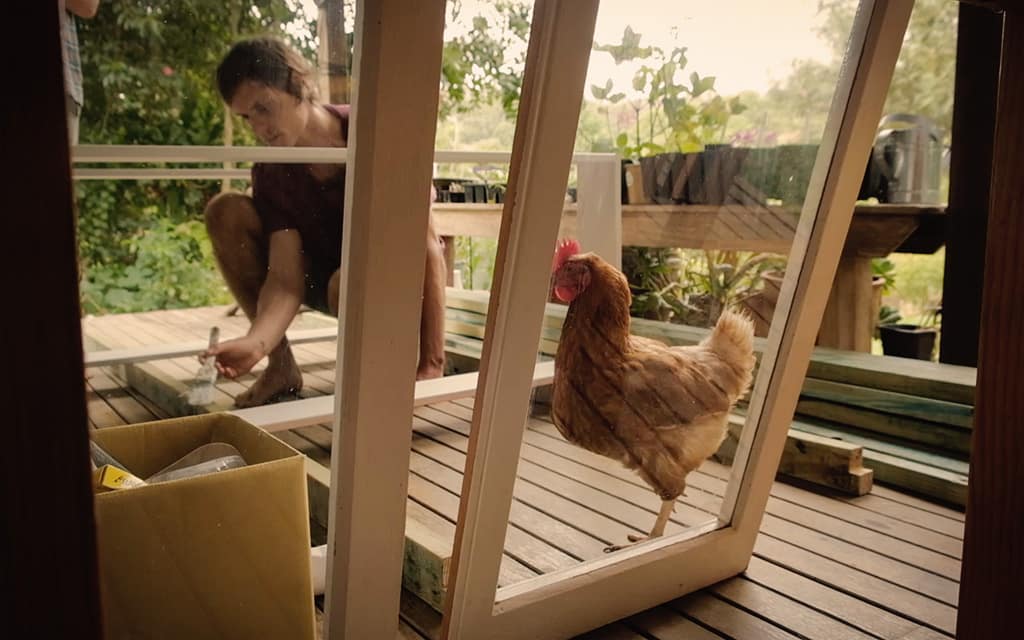
IF YOU BUILD IT
After months of scouring Gumtree and Marketplace, Tay secured a container matching his price-range — however, it was soon partially submerged in floodwaters and required significant attention. Days of mould-scraping later, the build was now ready to commence.
Expensive acoustic insulation was avoided as much as possible, which meant the build must instead rely on physical mass to manage the sound, so Tay first set about deadening the alarmingly vibrant steel structure with recycled carpet underlay. The container’s existing hardwood floor was then buried beneath three layers of the same 2mm thick rubber underlay. Finally, heavy plywood sheeting was laid over the top, serving as the foundation of the internal, decoupled room.
Opting for generic adhesives over the revered branded options, this internal room was constructed from pine framing and a single layer of 16mm Fyrchek plasterboard. While Tay carried out the majority of this work, he also had assistance from his carpenter father, and a friend who was handy with a welder.

ATMOSPHERE
Breaking up parallel surfaces with angled walls wasn’t an option due to the container’s restrictive internal dimensions. Instead, diffusion was handled by rainbows of insulation offcuts, and the unique reflection coefficients of varied surface finishes — most of which were donated by friends to keep the purse strings tight. While the selection of repurposed bamboo flooring, reclaimed timber decking, and coarse rendered walls were aiding the room’s acoustic treatment, they were also chosen to create a bit of atmosphere.
Speaking of atmosphere, Tay sourced and fitted windows from an old Queenslander to provide a view and some natural light, as sitting inside a dark box while surrounded by nature can be a bit of a creative buzzkill. To keep some of the sound of that nature outside, two of these windows were sandwiched together and installed. This created a relatively effective double-glazing solution which means that the neighbour’s ride-on mower is now undetectable at a distance of 50m, however the piercing drone of cicadas at full-tilt does still manage to permeate the walls.
Tay purchased a split-system unit to keep the space feeling a bit more temperate. Where most materials on this build were second-hand, and either cheap or free, the air conditioner was the only item to be purchased brand new. Power to the studio is supplied through a caravan cable, with the powerboard and fusebox fastened to an exterior wall meaning that the whole outfit can be easily relocated when the time comes.
Treat yourself as if you’re a producer working with an artist — where you’re on the clock, but the artist is you.

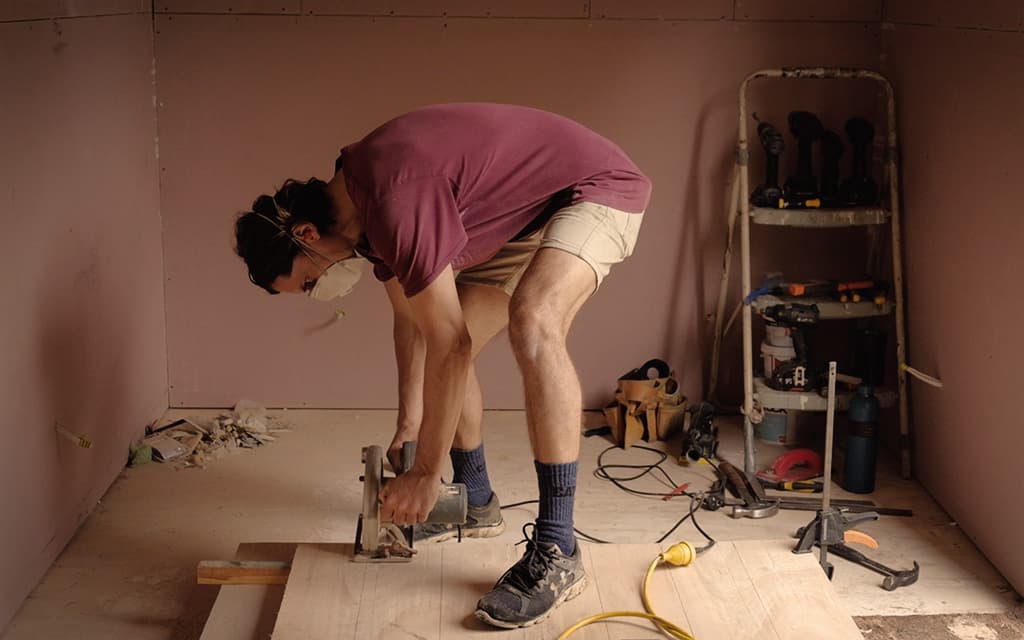
YES WE CAN
Since the studio’s completion, Tay has been able to record and mix the entire album in there. Using a couple of AKG 414 mics of various vintages and a Sennheiser MK4, he was even able to capture a full drumkit using the three-mic ‘Glyn Johns’ technique. While Tay produced most of the album himself, two tracks were produced by Garrett Kato (who also has mastering credits on the album), and these songs ended up defining the overall mood of the album.
On DIY builds and self-producing Tay says, “The biggest challenge with doing it all myself — and having my own space — was the potential for overthinking absolutely everything. That includes building the container. Having this space gives me so much control, but having the option to go back and just do it again is a real double-edged sword.”
Tay shares how Garrett imparted an invaluable pearl of wisdom while caught in one of these moments of indecision. “He told me, ‘Treat yourself as if you’re a producer working with an artist — where you’re on the clock, but the artist is you’. This idea really helped to put things into perspective for me.”
With a limited budget and the luxury of time, Tay was able to build himself a comfortable studio, and then complete his album. All up the album project set him back $11,000, with $10,000 of that going towards the studio, and $1,000 to cover the mastering — a pretty tidy result.
Having grown fond of the rural life, he and his wife now hope to buy a block of their own, which highlights the value that this portable, custom-built labour-of-love holds.
Tay is set to release his debut album ‘Keepers of the Morning’ on April 14.
Tay Oskee: tayoskee.com












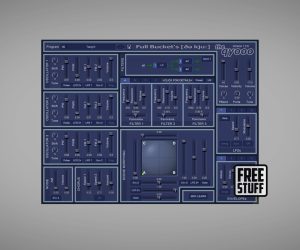

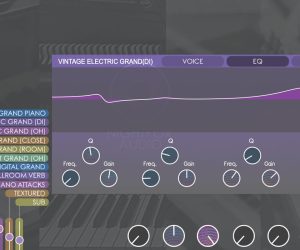





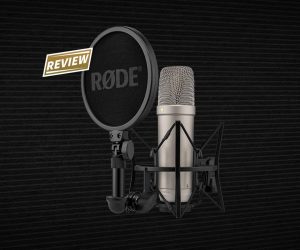
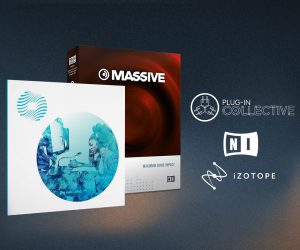



Admirable: Mind over matter. Congratulations. Will look forward to hearing samples of the finish product.
Take care, stay safe and Musically Yours. jan.anthonisz@gmail.com
1941-Composer